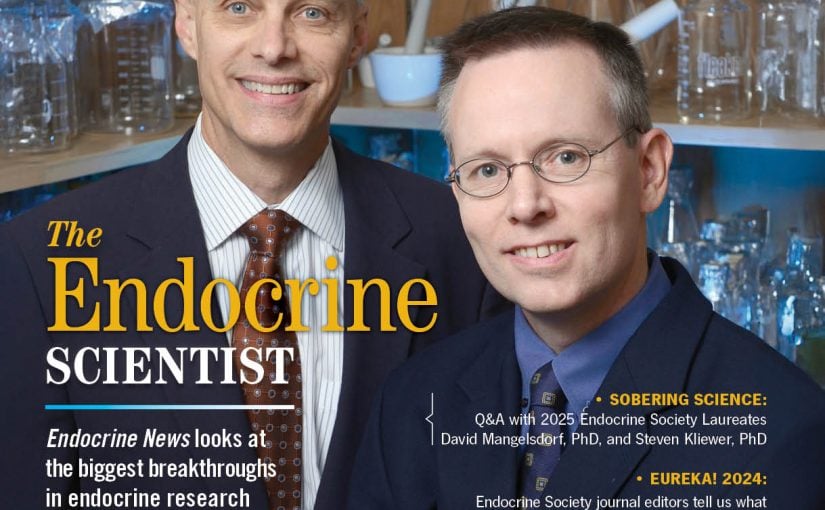If it’s June, you know what that means: It’s time for ENDO 2013, this year in the City by the Bay, San Francisco. It should come as no surprise that this meeting – the Society’s 95th Annual Meeting & Expo – is on track to becoming the biggest conference in our history. As I write this, more than 6,500 of you have already registered and more than 8,000 scientists and clinicians from around the world are expected to attend.
So far the Society has received nearly 3,000 abstracts for ENDO 2013, second only to ENDO 2006 in Boston, and the meeting’s Continuing Medical Education Services events are already sold out. CMES programs are compliant with the Accreditation Council for Continuing Medical Education and American Medical Association guidelines and can focus on the latest research and development, new disease state management guidelines, or new therapies and treatment options.
One of the many highlights of ENDO 2013 is the ENDOExpo where attendees can learn about cutting-edge advances in medicine, science, and technology. Th e Expo features exhibits, poster presentations, food vendors, and plenty of areas to relax and commiserate with your colleagues. There’s also the Expo Theater where you can see some enlightening presentations, and find educational materials, gifts, and apparel in the ENDO Store. The ever-popular prize wheel is back and twice the fun: It’s going to be in two locations this year.
When you’re not darting from session to session, take a breather and check out this month’s Endocrine News. In “A Battle for Boys” (p. 23), Glenda Fauntleroy discusses how childhood obesity is tough for all kids, but many boys have a tougher time with it. Since boys don’t talk about their weight as much, they often internalize their pain, which could lead to another set of problems.
Eric Seaborg’s article “New Treatments Offer Hope for Advanced Prostate Cancer” (p. 12) explores how new hormone treatments could offer hope to those men suffering from metastatic castration-resistant prostate cancer. Seaborg further reports on a research study on mice (“Study Calls Insulin a Driver of Obesity,” p. 20), where it appears that mice engineered to be genetically incapable of making large amounts of insulin did not gain weight when fed a high-fat diet. No doubt this will be a hot topic pursued by a variety of researchers in the future.
I hope to meet many of you at some point in San Francisco. If you see me, be sure to say hello and let me know what you think of Endocrine News. Even if you don’t happen to see me at ENDO 2013, drop me a line any time at [email protected].
Mark A. Newman
Managing Editor, Endocrine News

